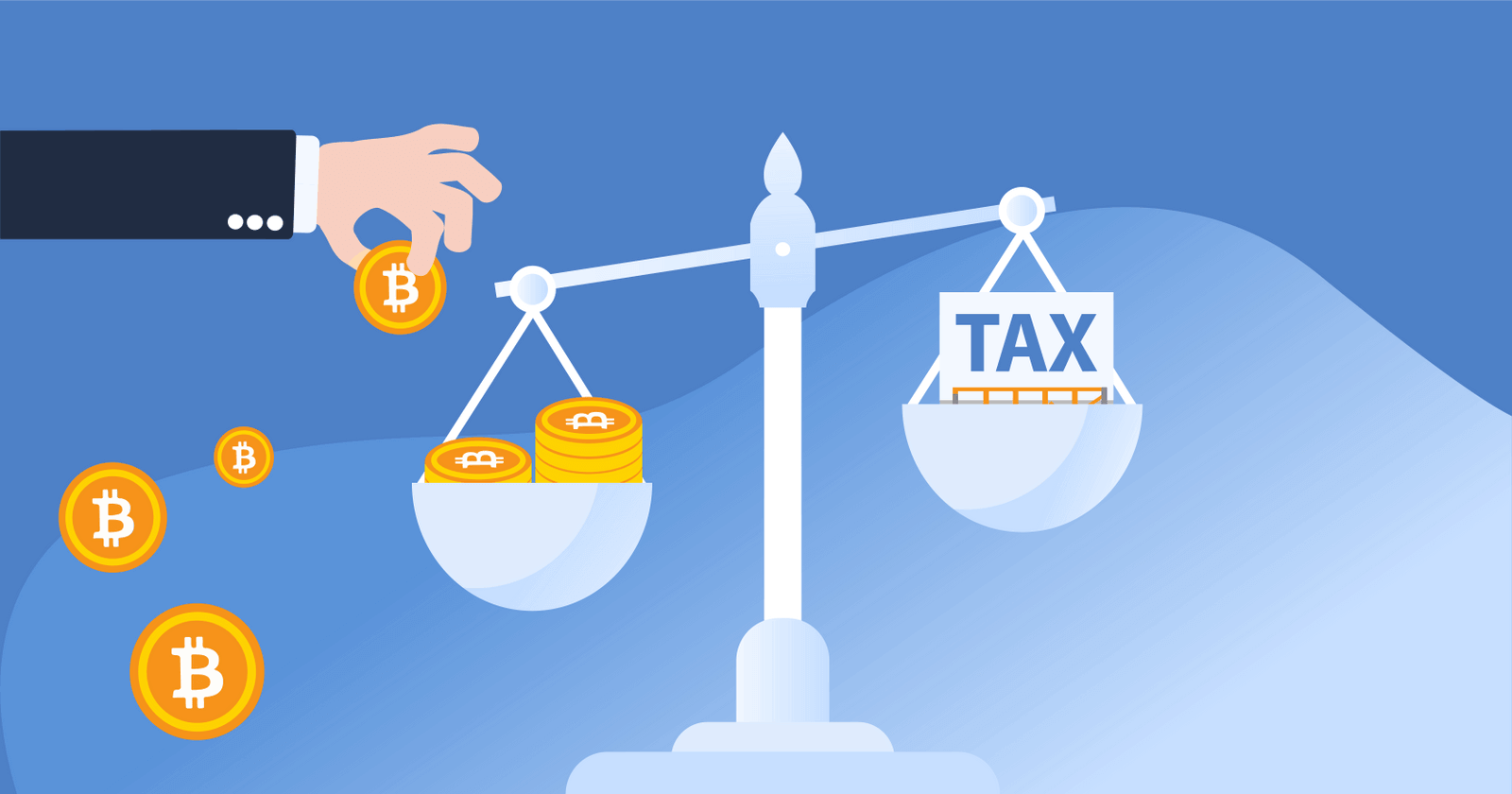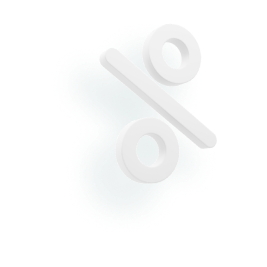.jpg)

Key takeaways
- Since the end of 2023, Solana has outperformed Ethereum on several key metrics.
- Ethereum is still the most valuable smart contract blockchain in the world — partially due to first mover advantage.
- Solana’s upcoming Firedancer upgrade may make Solana even faster — giving it a big advantage over other blockchains.
What is Ethereum?
Originally launched in 2015, Ethereum was the first blockchain built for smart contracts and decentralized applications. Even today, many of the world’s most popular DeFi protocols and NFTs are built on Ethereum.
At the time of publication, Ethereum has a market capitalization upwards of $280 billion and is the world’s second most valuable cryptocurrency.
What is Solana?
Solana is a smart contract blockchain founded in 2017 by Anatoly Yakovenko, a former Qualcomm engineer. Solana was built with a unique consensus mechanism — Proof of History — designed for fast transaction speeds and low fees.
Today, Solana offers rapid transactions. However, critics claim that Solana is more centralized than competitors like Ethereum.
At the time of publication, Solana has a market capitalization upwards of $80 billion and is the world’s fifth most valuable cryptocurrency.
It’s important to note that Solana is growing rapidly in relation to Ethereum. In December 2023, Ethereum had more than 8x Solana’s value. Today, Ethereum only has 3x Solana’s value.
Can Solana flip Ethereum?
Since the end of 2023, Solana has outperformed Ethereum on several key metrics. Let’s take a look at a few statistics (from September 17, 2024).
Daily active users: 3.25m for Solana, 410k+ for Ethereum
Daily transactions: 35.99m for Solana, 1.13m for Ethereum
Monthly new addresses: 56.31m for Solana, 7.18m for Ethereum
While Solana is outperforming Ethereum in these areas, it’s important to note that Ethereum has for many years been the most popular blockchain for smart contract development.
What new projects are Solana and Ethereum launching?
Let’s walk through some of the newest developments in the Ethereum and Solana ecosystem.
Ethereum
- In 2024, Ethereum ETFs were rolled out in the USA — making the asset more accessible to investors than ever before!
- Ethereum’s Dencun upgrade introduces danksharding, which splits the blockchain into smaller parts. Danksharding is expected to lower gas fees and raise the efficiency of the blockchain.
- Traditional finance institutions like Blackrock are building real world asset tokenization projects on Ethereum.
Solana
- Solana Labs is planning to launch a mobile phone — Solana Seeker — in 2025. The phone will contain a built-in crypto wallet which will make it easy to make transactions.
- Solana’s upcoming Firedancer upgrade may make the blockchain the fastest in the world.
- Solana’s memecoin ecosystem has led to a trading frenzy — leading to new highs in trading volume.
- Solana ETFs have been approved in Brazil. While Solana applications have been submitted to the SEC, they have not yet been approved.
Solana’s Limitations Compared to Ethereum
Now, let’s walk through some of Solana’s limitations compared to Ethereum.
Existing dApp ecosystem
Originally launched in 2015, Ethereum was the first blockchain for dApps and smart contracts. That means that Ethereum has benefitted from a first-mover advantage, with many popular decentralized applications being built on the blockchain — such as Uniswap and OpenSea.
Because many of the most popular decentralized applications are Ethereum-based, users may not be inclined to move to another blockchain!
Rust programming code
Solana is built on the programming language Rust.
Meanwhile, Ethereum is built on Solidity, which is similar to the JavaScript language — a much more common language for developers. Because of this, it’s easier for most developers to build dApps on Ethereum compared to Solana.
However, some developers argue that Rust is a more modern language better suited for complex tasks.
Relatively centralized
Some critics have claimed that Solana is more centralized than other blockchains like Ethereum due to the high cost of setting up a node. Currently, there are more than 4,500 Solana validators compared to more than 1,000,000 Ethereum validators.
Solana’s lack of diversity when it comes to validators means that the network is subject to more frequent outages and disruptions. In February 2024, Solana had a 5-hour outage.
Solana Strengths Compared to Ethereum
Let’s walk through some of the advantages of Solana compared to Ethereum.
Rapid speeds
Solana is one of the fastest blockchains on the market. Currently, Ethereum processes around 15 transactions per second. Meanwhile, Solana processes more than 2,600 transactions per second due to its unique consensus mechanism. This speed advantage leads to lower fees and better user-experience for apps built on Solana.
It’s possible that Solana will be even faster after Firedancer is introduced to the mainnet in Q1 of 2024.
Environmentally friendly
In addition to its other benefits, Solana’s Proof of History consensus mechanism is considered more environmentally friendly than Ethereum’s. It’s been estimated that a transaction on Solana takes up less energy than 2 Google searches.
Rapid growth
Solana’s low fees and rapid throughput led to an explosion in user growth from 2023 through 2024. By the end of 2023, Solana had surpassed Ethereum on several key growth metrics.
Solana vs Ethereum NFTs
While Ethereum has long been the most popular blockchain for NFTs, Solana’s fast speeds offer a better user experience and lower fees.
Ecosystem
Winner: Ethereum
For years, Ethereum has been the most popular blockchain for NFT creators and investors. As a result, Ethereum has the most developed NFT ecosystem when it comes to existing user base and supporting services.
Growth and Scalability
Winner: Solana
Solana’s NFT ecosystem has seen rapid growth due to its scalability — which means that NFT transactions can be executed much faster.
Network Size and Popularity
Winner: Ethereum
For years, Ethereum has been the most popular for NFT creators and investors. As a result, Ethereum has the most developed NFT ecosystem when it comes to existing user base and supporting services.
Growth and Scalability
Winner: Solana
Solana’s NFT ecosystem has seen rapid growth due to its scalability — which means that NFT transactions can be executed much faster.
Transaction Speeds
Winner: Solana
Solana offers a significantly higher transaction speed (2,600 transactions per second) compared to Ethereum (15 transactions per second), enhancing the user experience with faster and more efficient transactions.
Transaction Fees
Winner: Solana
Ethereum's slower transaction speeds lead to higher network congestion and higher transaction fees. Solana's lower transaction costs make it more accessible for a broader range of users.
Enabling creativity
Winner: Solana
Solana's faster speed and lower costs allow for more creative freedom when it comes to creating NFTs. For example, NFT games often require fast speeds — which means that Solana may be a better option for crypto game developers.
Is Solana an ‘Ethereum killer’?
Solana — like other smart contract blockchains like Cardano and Avalanche — has been described as an Ethereum killer.
However, Ethereum’s user base has shown resistance to switching to other blockchains. Despite all of the Ethereum alternatives that have been created in recent years, Ethereum is still the most popular blockchain for decentralized applications and NFTs.
Solana has shown encouraging signs of growth in recent years. However, only time will tell if Solana — and the dozens of other ‘Ethereum killers’ — will be able to surpass Ethereum.
Can Solana reach the 100M user milestone?
In 2023, Ethereum hit the milestone of 100M funded addresses.
At the time of writing, Solana’s user base has seen rapid growth with more than 50m new wallet addresses in September 2024 (though not all of these wallets are funded).
However, it’s important to remember that Ethereum was launched several years before Solana. As a result, it may take Solana a few more months or even years to reach the 100m funded wallet milestone.
How will Firedancer impact Solana?
Firedancer — a new validator client for Solana — could significantly enhance the network's performance and scalability. Firedancer’s mainnet launch is scheduled for 2025.
What is Firedancer?
Firedancer is designed to boost Solana's transaction processing capabilities, aiming to handle up to 1 million transactions per second. This leap in performance is achieved through both hardware and software upgrades, making Solana's network faster and more efficient.
In a live demonstration, Firedancer processed an astonishing 1.2 million transactions per second on a single validator, showcasing its potential to improve the Solana network. If Firedancer delivers on its promises, it’s possible that transactions on Solana will be the fastest smart contract blockchain ever.
How does the FTX collapse impact Solana?
The collapse of FTX led to a significant decline in the price of Solana. In the wake of the FTX bankruptcy, Solana’s price fell from $36 to $12.
It’s important to remember that Solana has no direct relationship with FTX or its founder, Sam Bankman-Fried. However, it’s estimated that FTX owned more than 50 million units of Solana. In addition, 20% of Solana’s ecosystem has received investments from FTX or its sister firm, Alameda Research.
It’s likely that FTX will no longer have any impact on the price of Solana. In March 2024, FTX’s estate sold its last remaining holdings of SOL at a deep discount to Pantera Capital and Figure Markets.
In conclusion
While Ethereum is one of the most established blockchains in the market, Solana is outperforming it on several key metrics.
Both cryptocurrencies are considered secure and reputable projects. Before you get started, you should do research to better understand which would be best for you.
Frequently asked questions































%20(1).png)







.png)
















